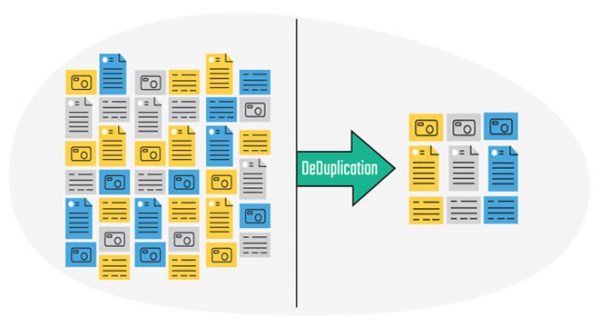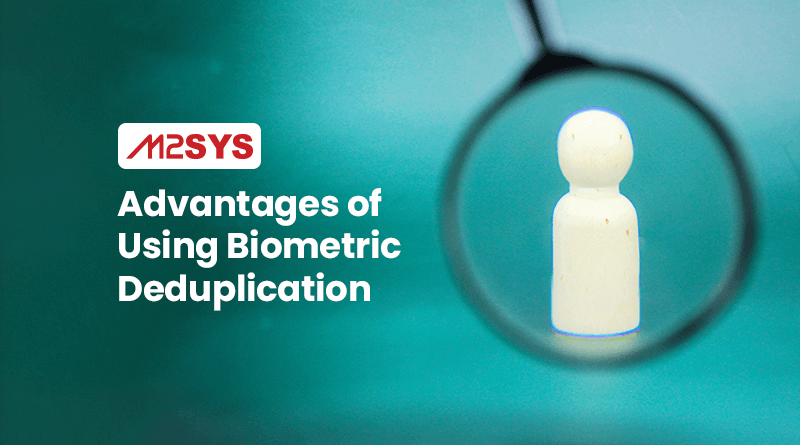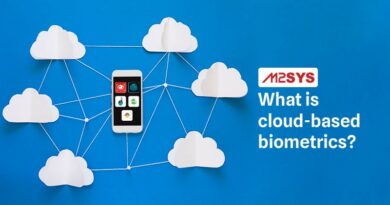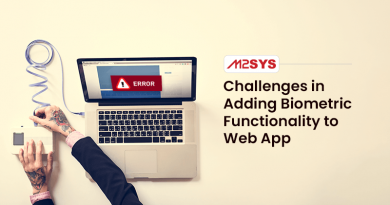Advantages of Using Biometric Deduplication
In today’s highly informational age, data duplication is quite widespread. When dealing with your personal information, it might not create a huge issue. However, data duplication can be a nightmare when it comes to biometrics. When dealing with an automated biometric matching engine, biometric deduplication is used to eliminate multiple entries and keep the database unique.
What is biometric deduplication?
The process of giving each user in a database a distinct identity by biometric means is called “biometric de-duplication.” The system may have saved the same person under several different IDs. To prevent the same user from enrolling more than once using different forms of identification, duplicate records must be removed from the database.
In addition, it verifies enrollment by comparing the biometric data a user inputs against a database of stored biometric data at a ratio of 1:N, making the enrollment process both visible and efficient. Using data deduplication guarantees that each piece of information is stored only once, regardless of the technique used. With this technology, one of the most notable features is the high degree of precision it provides. File, block, and even byte levels are all accessible for de-duplication.
Biometric duplication can occur during taking data-related actions. This action includes transferring, migrating, backing up, editing, etc., especially when working with large amounts of data. If there is an issue during enrollment, duplicate biometric information may be stored. Biometric data is gathered from many sites and then uploaded to a central database as part of large-scale biometric data collection efforts like biometric voter ID, biometric country ID campaigns, etc.

What is the process of biometric deduplication?
The standard procedure for biometric providers involves loading the full biometric database onto computer servers and then searching each record against the entire database, a process that requires as many searches as there are entries in the database.
Deduplication with conventional biometric software, on the other hand, necessitates 10 million one-to-many searches if the database has 10 million records. Performing the deduplication would take over six months if each biometric search took just one second. Traditional deduplication software providers, aware of this problem, typically employ many servers to boost processing power and decrease the completion time.
Thankfully, M2SYS developed a method to deal with the problem. The complete biometric database is loaded onto a single server, where Hyper-Deduplicator software performs a filtering phase similar to an industrial separation process, removing all duplicates in a matter of hours. There is no need for one-to-many (1:N) biometric searches when using the Hyper-Deduplicator software developed by M2SYS.
Advantages of using biometric deduplication software
In the data-driven world of today, biometric deduplication software not only saves organizations time and money on resources, but it can also make data transfers faster and use less bandwidth. De-duplication is especially useful for governments that have to deal with a lot of biometric data. Here are the top three advantages of using biometric deduplication software:
Risk of identity theft
We are vulnerable to identity fraud, so it’s important to recognize the gravity of the issue first. If you want to provide the users with the greatest possible experience when they interact with your organization, you need to make sure they can trust you with their personal information.
Regulations and protecting customer data
Failure to remove fake or duplicate accounts may also prevent you from complying with mandatory laws. Companies’ use of consumer data and the security of that data are governed by laws in most countries today. Business owners risk steep penalties if they don’t clean up their books by getting rid of duplicate or fictitious accounts.
Avoiding financial setbacks
If you don’t deduplicate, you risk losing money in the form of fines from the government or becoming a victim of identity theft. Taking action to deduplicate your system is one useful move. That may help you minimize income loss at a time when increasing your bottom line is so critical.
In short, it is crucial to identify duplicate identities and remove them from the system. This must be done before merging decentralized or distributed biometric data into a central system. To prevent the system from storing duplicate information. You can use Hyper-Deduplicator by M2SYS for high-speed multi-biometric deduplication. To learn more about it, please get in touch with us.












This appears to be ideal for managing Voter Registration systems as well as of course managing national digital identification.
Would M2SYS be prepared to work with me to offer a service for elections in sub-Saharan Africa?
Thanks for your interest in our products. Please contact our sales team via sales@m2sys.com for more info.